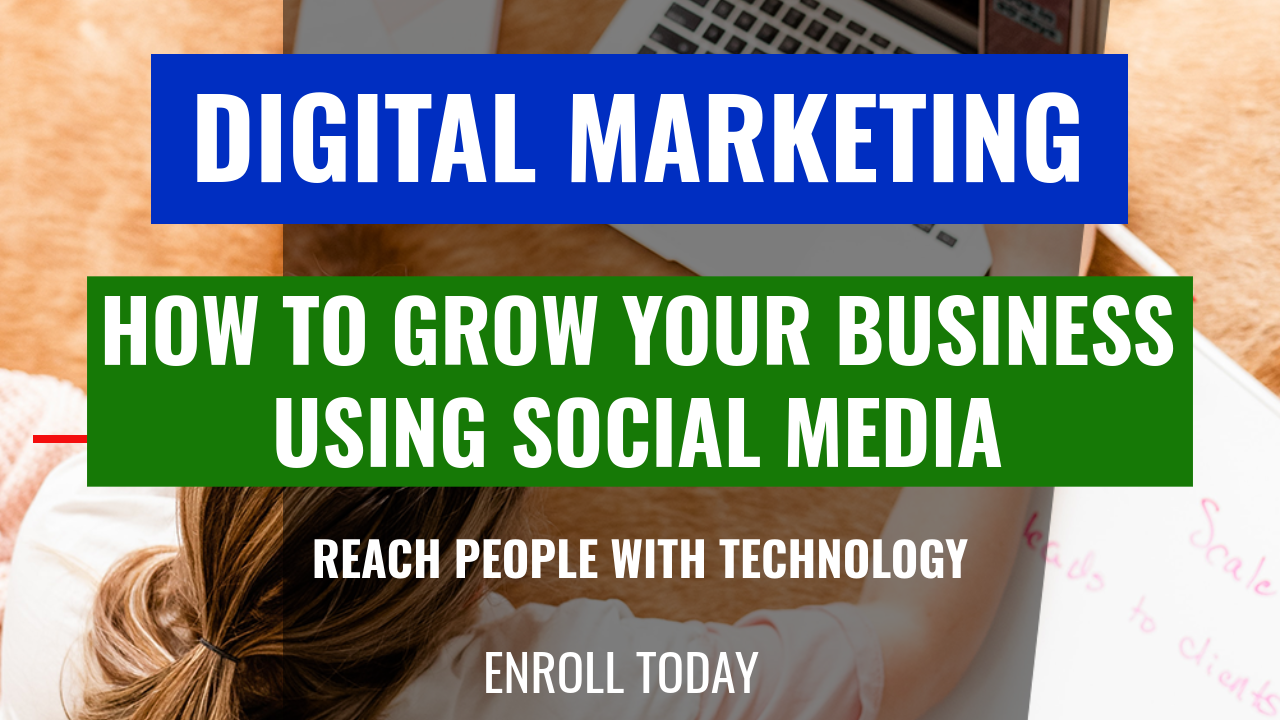How to Grow Your Brand Using Social Media in 2025″ – How to Grow Your Brand Using Social Media in 2025 sets the stage for a captivating exploration into the dynamic world of digital marketing. As social media continues to evolve, it presents unprecedented opportunities for brands to connect with their audiences in innovative ways. In this discussion, we will delve into strategies that will not only enhance your brand presence but also foster meaningful relationships with customers in the ever-changing landscape of 2025.

From leveraging emerging platforms to understanding consumer behavior and trends, the tools available for brand growth are vast. As we navigate this digital terrain, it becomes essential to adapt and optimize your approach to ensure your brand remains relevant and engaging.
In today’s fast-paced world, staying connected and informed is more important than ever. As technology continues to evolve, the ways in which we communicate and consume information are constantly changing. The rise of social media, instant messaging apps, and online news platforms has transformed the landscape of communication, making it more accessible yet more complex.One of the most significant shifts in recent years has been the rise of social media as a primary source of news and information.
Platforms like Facebook, Twitter, and Instagram have become go-to sources for updates on current events, with users often turning to their feeds for breaking news before traditional media outlets. This shift has democratized information dissemination, allowing anyone with an internet connection to share their thoughts and insights on global events. However, it has also raised concerns about the reliability of information, as misinformation can spread just as quickly as accurate reporting.In addition to social media, the rise of instant messaging apps has significantly altered the way we communicate.
Apps like WhatsApp, Telegram, and Signal have made it possible to connect with friends, family, and colleagues instantly, regardless of geographical barriers. With features such as voice and video calls, group chats, and file sharing, these platforms offer a more interactive and engaging way to stay in touch. However, the convenience of instant messaging has also led to challenges, such as the blurring of boundaries between personal and professional communication, and the expectation for immediate responses.As we navigate this new communication landscape, it is essential to consider the impact of technology on our daily lives.
While the ability to connect with others instantly and access a wealth of information at our fingertips is undoubtedly beneficial, it can also lead to information overload and increased stress. The pressure to stay connected can be overwhelming, and many people find themselves struggling to maintain a healthy balance between their online and offline lives.One way to combat this challenge is to establish boundaries around our technology use.
Setting specific times for checking social media or responding to messages can help create a sense of control over our digital interactions. Additionally, taking regular breaks from screens and engaging in offline activities can provide a much-needed respite from the constant influx of information.Moreover, cultivating digital literacy is crucial in this age of information abundance. Understanding how to critically evaluate sources, recognize bias, and identify misinformation can empower individuals to navigate the digital landscape more effectively.
This skill set is especially important for younger generations who have grown up in a world dominated by technology and social media.Education plays a vital role in developing digital literacy skills. Schools and organizations should prioritize teaching students and community members how to critically analyze information and engage with technology thoughtfully. By equipping individuals with the tools they need to succeed in the digital world, we can foster a more informed and responsible society.As we look to the future, it is essential to recognize that the landscape of communication will continue to evolve.
Emerging technologies, such as artificial intelligence and virtual reality, promise to further reshape the way we connect and interact. While these advancements hold great potential, they also come with ethical considerations and challenges that we must address.For instance, the rise of AI-driven algorithms in social media platforms has raised concerns about the potential for echo chambers and polarization. As algorithms curate content based on user preferences, there is a risk of individuals being exposed to a narrow range of viewpoints, reinforcing existing biases and limiting exposure to diverse perspectives.
Addressing these challenges will require collaboration among technologists, policymakers, and society at large.In conclusion, the evolution of communication in the digital age presents both opportunities and challenges. As we navigate this complex landscape, it is crucial to remain mindful of the impact of technology on our lives and to prioritize digital literacy and responsible communication practices. By doing so, we can harness the power of technology to connect with others, share knowledge, and foster a more informed society.
Striking a balance between our online and offline lives will be key to ensuring that we benefit from the advancements of the digital age while also safeguarding our well-being and maintaining meaningful connections with those around us.



